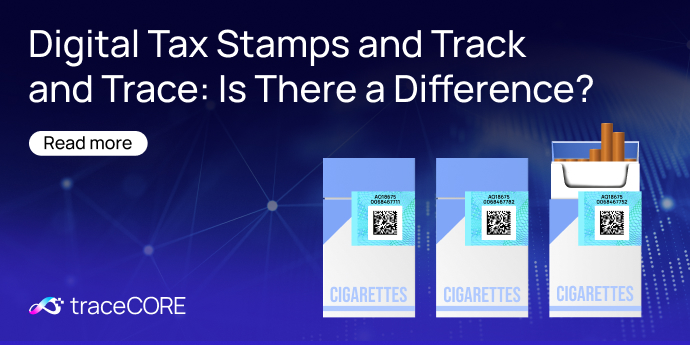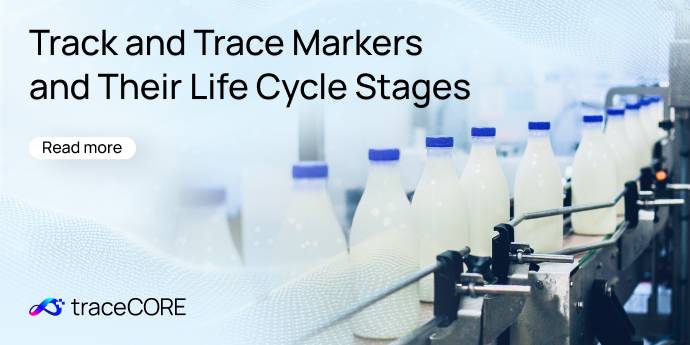Track and Trace for Governments
Traceability Platform Implementation: A Global Overview
.jpeg)
As global supply chains grow increasingly complex, the demand for transparency, compliance, and operational efficiency has never been greater.
Traceability platforms have emerged as a critical solution, enabling organizations to track products and processes across their entire lifecycle. From regulatory compliance to consumer trust and sustainability commitments, the implementation of these platforms is becoming a strategic priority across industries.
In this post, you will learn about traceability models, how they differ from each other, their pros and cons, and the results of implementation around the world.
Traceability Initiatives: Three Types of Models
International practices for track and trace systems are typically based on three different models.
Public
Government-led traceability programs are long-term initiatives. They are introduced in stages, starting with a specific industry and then expanding to others.
These systems are primarily implemented to address issues related to counterfeit and substandard products, prioritizing public safety and the ability to track and recall hazardous items. The main focus is on vulnerable industries, such as pharmaceuticals, alcohol, and tobacco.
The rationale behind implementing traceability and enhancing market transparency in these sectors revolves around three main factors:
- Health risks associated with illegal products.
- Substantial tax revenue loss due to the gray market.
- Difficulties that legitimate companies face in competing and growing under these conditions.
Private
The corporate approach involves companies voluntarily establishing and using traceability systems to improve operational transparency and efficiency while cutting costs.
For instance, when retailers can track product movements swiftly, it ensures that desired items are in stock for shoppers. It also prevents excessive unsold inventory, which can lead to waste and inefficiencies.
These changes lower transaction expenses for retailers. As a result, this leads to cost savings that are passed on to consumers through reduced prices.
Public-Private
In many countries, governments collaborate with private entities to implement traceability projects. For instance, in China, a subsidiary of Alibaba, and in Brazil, an independent Swiss company, are involved in such initiatives. These private operators invest their own resources and alleviate the burden on the state budget.
In such a hybrid system, the responsibility for implementing and maintaining traceability measures is shared. While the government sets regulations and standards, private entities handle the day-to-day operations and management.
The expenses associated with tracing goods from legal manufacturers tend to decline gradually. The cost of acquiring equipment is not passed on to consumers but is covered by the state or businesses themselves. Moreover, the economic benefits stemming from the traceability system tend to outweigh these initial costs.
Pros and Cons of Each Traceability Model
Public
.png)
Pros
+ Compliance with regulations for consumer safety and product quality.
+ Standardized protocols.
+ Public trust.
+ Comprehensive coverage.
Cons
- Government processes slow down decision-making.
- Struggles to adapt to industry changes or technology advancements.
- Possible budget constraints.
Private

Pros
+ Adapts quickly.
+ More efficient and less bureaucracy.
+ Profit incentive.
+ Tailors to specific industry needs and supply chain requirements.
Cons
- Lack of standardized protocols and consistent enforcement.
- Transparency concerns.
- Unequal access, may favor larger companies with greater resources.
- Limited scope.
Public-Private
.png)
Pros
+ Combines government oversight and private-sector innovation.
+ Faster implementation.
+ Resource sharing, knowledge transfer from partners.
+ Enhanced accountability.
+ Reduced financial burden on governments and taxpayers.
+ Lower total cost of ownership.
+ Varied viewpoints from different stakeholders.
Cons
- Complex governance.
- May create conflicts of interest.
- Possible funding and liability issues.
Results from Traceability Initiatives Around the World
Here is how some countries and regions approached their traceability programs.
.jpg)
EU
In 2011, the European Union adopted a directive to combat counterfeit medicines, requiring all member states to implement a traceability system within five years. However, the system was launched in 2019, involving the then 28 EU countries, plus Iceland, Norway, Switzerland, and Liechtenstein.
Under this system, manufacturers are required to submit track and trace data for their products to a centralized pan-European database. Distributors have the option to conduct product testing to mitigate risks, and pharmacists are mandated to verify product numbers before dispensing to patients.
By December 2019, operator REKS in Estonia reported no instances of counterfeit medicines entering the country during the first ten months of system operation. SecurMed in the UK had the same results.

China
China implemented a public-private model for its traceability program through the PIATS (Product Identification Authentication Tracking System) launched in 2007.
The program initially covered 69 product categories, including food, beverages, and pharmaceuticals. It then shifted focus to drugs, specifically targeting 275 therapeutic classes by 2015. The operator, initially China Credit Information Technology and later Alibaba-owned Alihealth, charges manufacturers and distributors annual fees.
Despite facing opposition, the PIATS system increased tax collection, reduced the gray market, and improved data transparency. One concern to be aware of is that many prioritize meeting government requirements over extracting additional value.
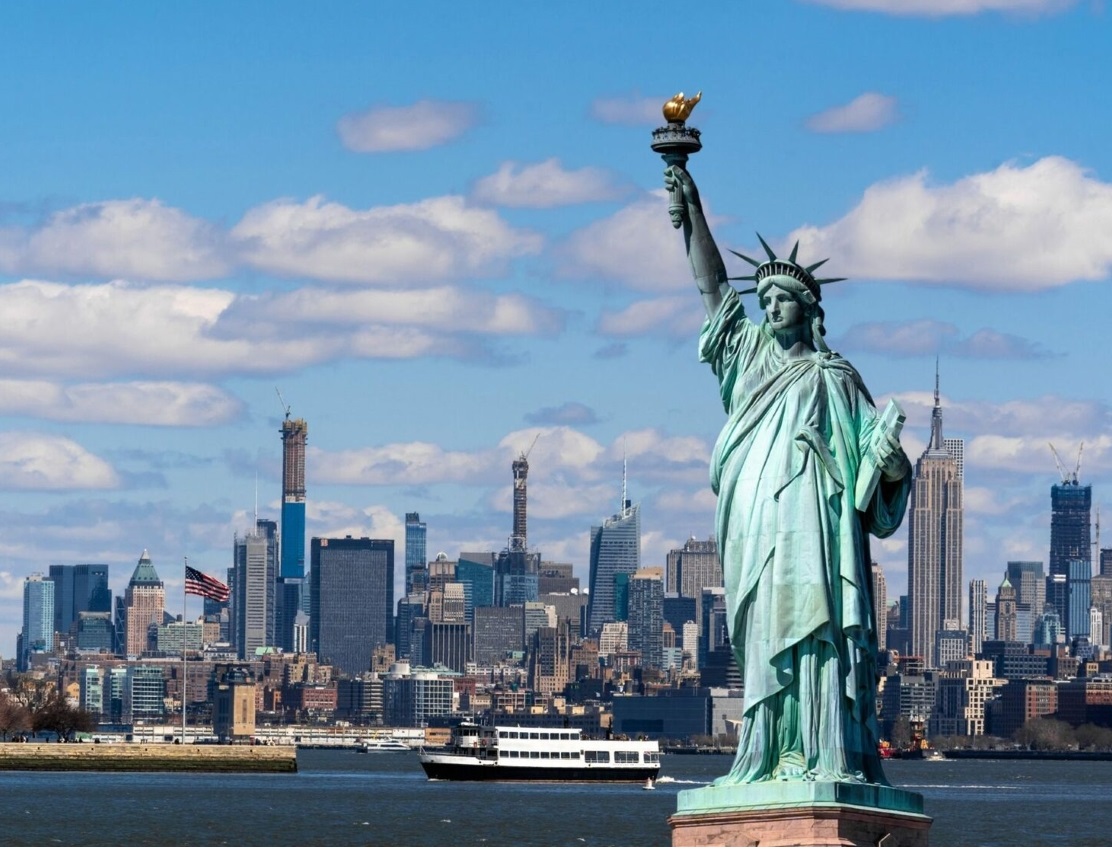
USA
According to WHO, 1 in 10 medicines sold in legal markets, especially in medium- to low-income or developing countries, are counterfeit. Moreover, a 2014 report from US pharmaceutical companies found that they lose about $200 billion annually due to fake drugs in the supply chain.
The Food and Drug Administration (FDA) initiated a 10-year multi-stage track and trace program for pharmaceuticals from 2013 to 2023. There was no single private or public operator. Instead, large private players supported individual track & trace solutions; for example, TraceLink collaborated with 15 of the 20 large pharmaceutical companies.
Tracking and tracing in the supply chain facilitated faster detection and response to illegitimate products by both the industry and the FDA.
11111.jpg)
Brazil
In Brazil, a public-private model involving both the public and private sectors successfully implemented track and trace initiatives for tobacco products, alcoholic beverages, and soft drinks. This joint venture was supported by mandatory traceability legislation. The state enlisted the services of an independent Swiss company, with the Brazilian Ministry of Finance as the recipient.
The outcomes have been impressive. For example, a 2018 publication in Journal of Global Oncology reports that between 2007 and 2016, government income from tobacco taxes increased by 130%.

Turkey
Turkey implemented the Ilaç Takip Sistemi (ITS) in 2010 and expanded it to a full track and trace system by 2012, which resulted in several positive outcomes.
ITS has effectively reduced reimbursement fraud by creating a complex verification chain. It has also eliminated counterfeit medicines from the regulated domestic supply chain, facilitated efficient recalls, and empowered consumers through a mobile application. Finally, it has enabled close monitoring of medicine stocks and inventory control throughout the supply chain.

Russia
Russia adopted the public-private model, which expedited the project’s implementation. The system is managed by a single operator called CRPT and includes a wide range of product categories using a centralized government database. For transparency, manufacturers, sellers, and consumers are allowed to access product histories via the Honest Sign mobile app.
So far, the program has covered fur products, medicines, shoes, cigarettes, dairy products, perfumes, tires, and a few other categories. Positive impacts are already evident, with a nine-fold increase in fur coat sales and a significant decrease in counterfeit drug turnover.
Private Model Examples: Walmart and Amazon
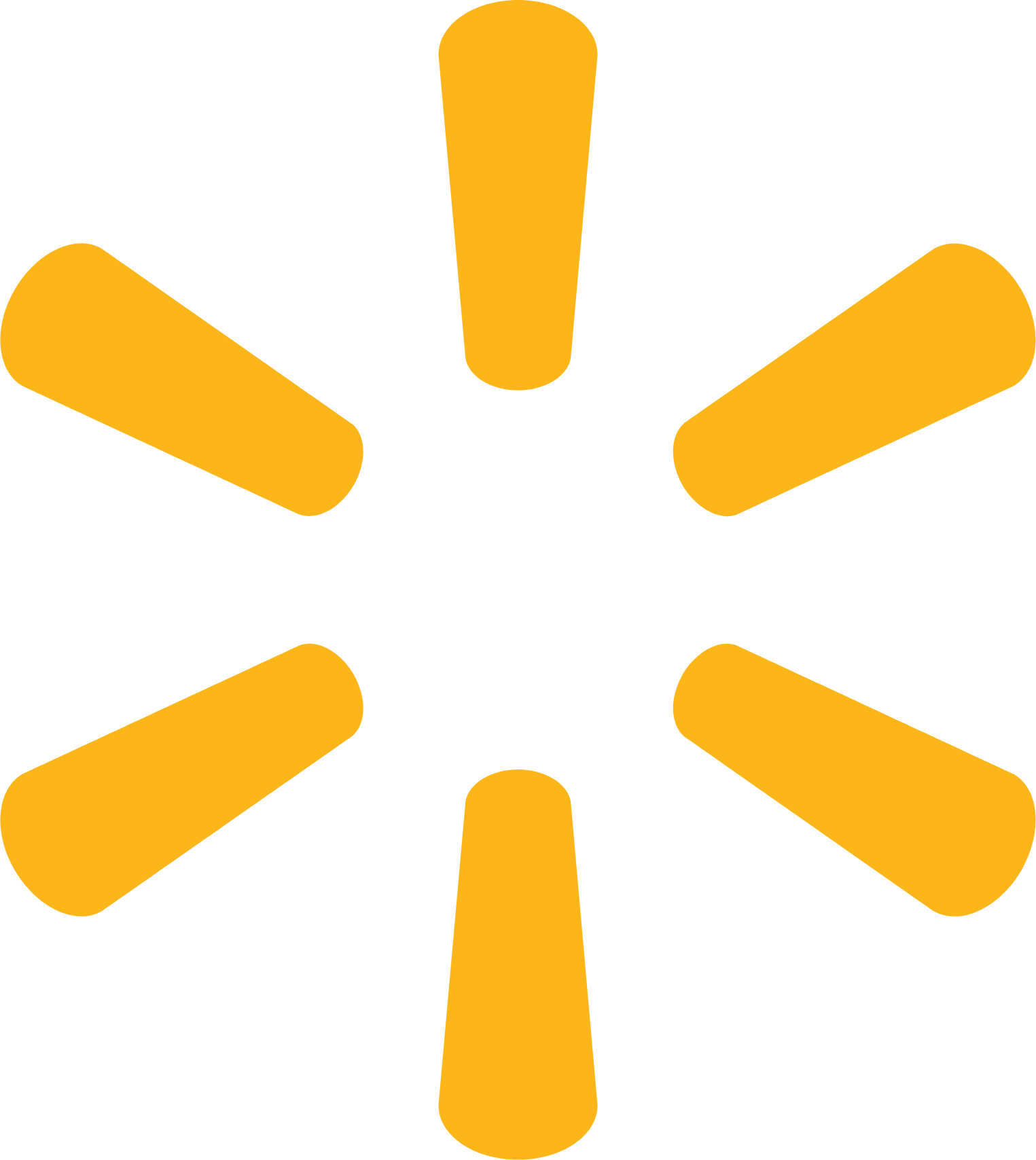
Walmart
Private models are exemplified by Walmart and Amazon, and they showcase pioneering efforts in enterprise tracking and product safety.
Walmart’s investment in sophisticated satellite-based inventory tracking in the 1980s led to the development of an extensive IT infrastructure.
Now, it enables precise inventory management, efficient transportation routes, and customer service logistics.
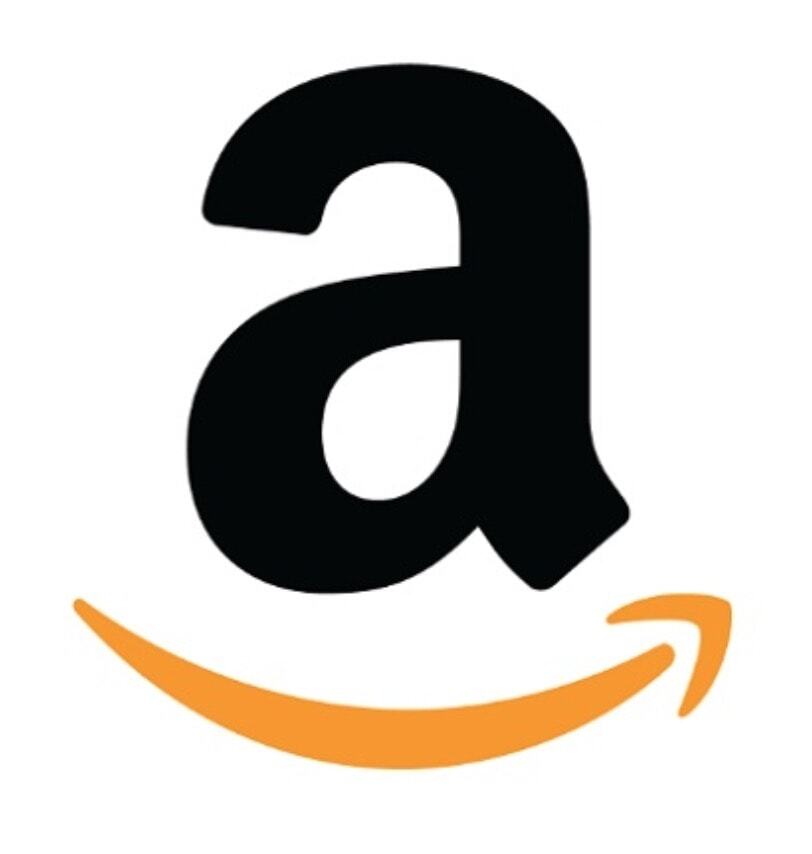
Amazon
Amazon has presented plans to allocate billions of dollars to curb the sale of counterfeit, expired, and hazardous products across its platforms.
Recognizing the potential risk to its trusted brand status, Amazon acknowledges the necessity of ensuring the safety of its merchandise. In a proactive move, the company invested $1.2 billion and hired 15,000 people for the initiative. As a result, the number of spurious attempts to create new selling accounts on Amazon dropped from 6 million in 2020 to 700 thousand in 2023.
Takeaway
Despite these advancements, it is important to emphasize that these models still require support from the state. For example, the initiative gained increased credibility when Amazon partnered with the US Chamber of Commerce and US Customs and Border Protection. They presented the collaborative Shop Smart consumer awareness campaign, which reached over 70 million American consumers.
Related Posts
All postsDigital Tax Stamps and Track and Trace: Is There a Difference?
Digital Tax Stamps and Track and Trace systems are both used to fight illicit trade, but they work in fundamentally different ways. Only one provides real-time transparency and protection against counterfeiting. Read this post to learn more.

.jpg)
